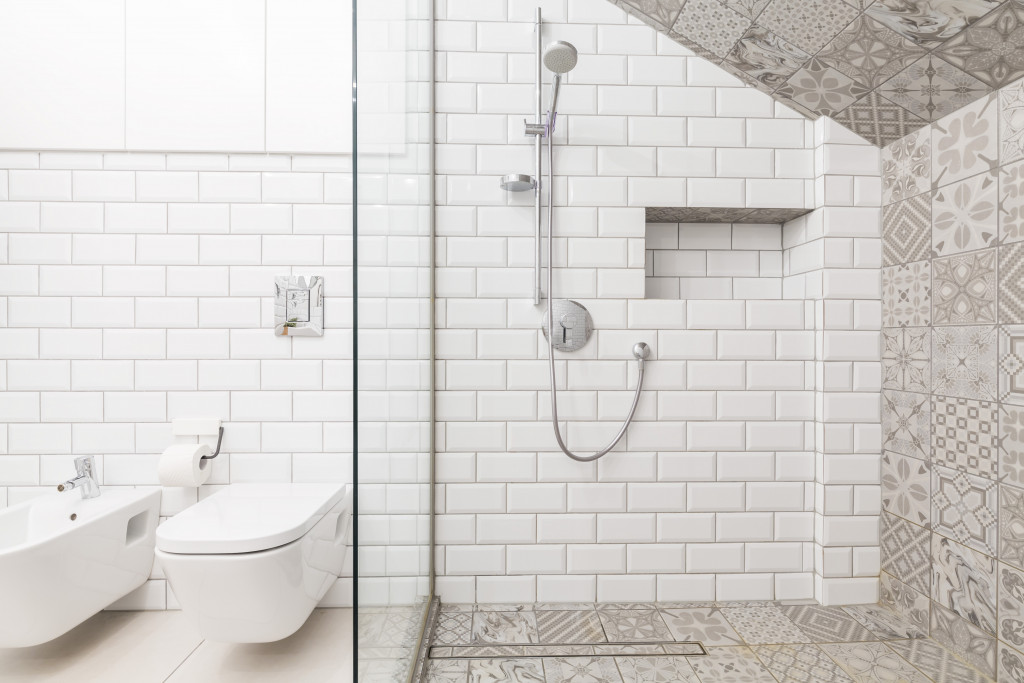We consider several factors when we look to purchase a house. The location is usually the most critical aspect since we want to live somewhere near our friends and families. We want to be close to where we work, and having easy access to shopping malls, hospitals, and your place of worship will always come in handy. We also think about the size of the lot because we want to know what we can do about setting up a garage, driveway, and lawn for our future home. The number of bedrooms and bathrooms is relevant, too, especially for big families.
What most people fail to take into consideration until after they have bought the house is how safe it is for children. Some homes are specifically designed to please adults aesthetically, and there might be features dangerous to children that went unnoticed by the architect. For instance, a window on the second floor placed too low can be easily reached by little kids, and the risk of injury from falling becomes significantly high. Sharp wall corners meant to give the house a well-built and polished look can be a red flag for children running around while playing.
Statistics show that around 2,000 children die each year due to home injuries. Since taking out another home loan to look for a child-friendlier residence may be too impractical, it is highly recommended that you learn basic childproofing instead so you can keep your kids safe from harm.
Here are a few tips on where to start in childproofing your home:
1. Install Window Guards
As mentioned earlier, windows are one of the top home hazards for children. Ideally, window openings should not be within a child’s reach, but if that is already the case in your house, then the next best thing to do would be to install a window guard. A window guard is a metal grill case that serves as a safety device against children trying to climb out. If a window guard is not available, try to go for heavy-duty window locks instead to ensure your kids won’t be able to open the windows when you are not around.
When placing window guards, make sure that they have a release mechanism that adults can easily use in case of an emergency. Windows can be used as an emergency escape route if the need arises, so try to keep that option open while installing locks and barriers.
If your window uses blinds, cordless designs would be safer with children around. There have been reported cases of children strangling themselves with a looped cord, so going for cordless window blinds eliminates that risk.
2. Cover Exposed Power Outlets
Children have a knack for sticking things into random places, and it is not uncommon for a child to insert his fingers inside an exposed power outlet. To protect your kid from electrocuting himself, you can buy power strip covers to keep the outlets off his sight. Power strip covers also help prevent cords from being pulled out, ensuring your kid will not be able to unplug a random cable and stick his toy inside.
If covering the power outlet is not an option, at least try to hide it behind furniture so that your child will have a harder time getting access to it.
3. Set Up a Gate for the Kitchen
The kitchen is one of the most dangerous places in the house for children to be in, so controlling their access to the room dramatically reduces their chances of getting injured. Setting up a child gate helps guarantee they will not be able to grab and ingest harmful chemicals like dishwasher detergents from the drawers or access dangerous cutlery from the kitchen counter.
On the off-chance that your child manages to get past the adjustable gate to the kitchen, installing safety latches on the cabinets, refrigerator, oven, and stove will help decrease the odds of him hurting himself.
4. Invest in a Toilet Latch

Drowning in open toilets is one of the leading causes of death in children since it is easy for them to stick their heads in and fall over if left unsupervised. Make it a habit to keep the toilet seat lid down and latched to prevent such accidents from occurring.
The bathroom is also the most-prone room for children to slip and fall due to puddles of water remaining on the tiles. Placing water-absorbent mats in select parts of the bathroom not only prevents slippage, but it also helps keep your bathroom clean.
If your child turns the tub faucet on and the temperature is set to hot, he might burn himself. If you cannot adjust your water’s temperature to safer measures, placing an anti-scald device on the faucets should protect your kid from running water at a dangerous temperature.
By following these tips, you can keep your children safe—no matter where they are in the house.


